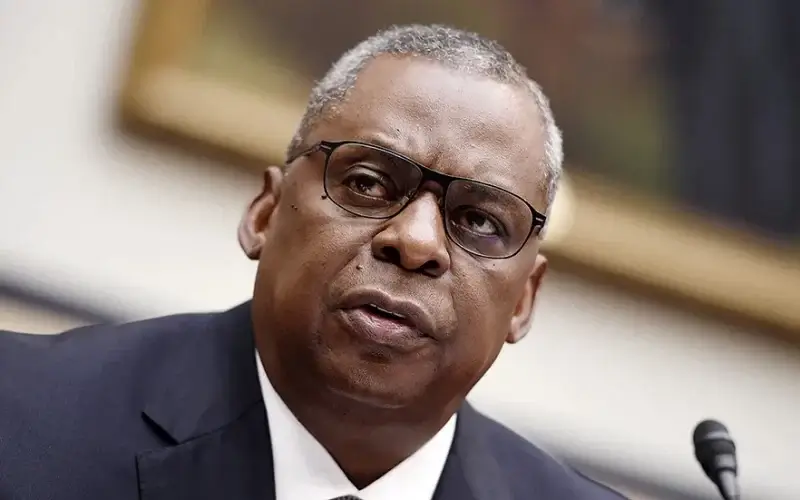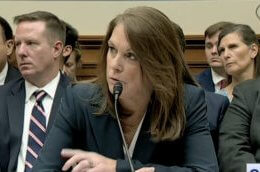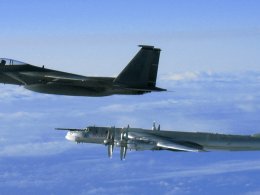Defense Secretary Lloyd Austin has decided that thousands of service members deployed to Europe following Russia’s invasion of Ukraine will stay in place “for a while longer,” Pentagon press secretary John Kirby said Thursday.
Troops deployed to Poland as part of the 82nd Airborne Division and sailors in the USS Harry S. Truman carrier strike group sent to the Mediterranean will stay put, Kirby told reporters.
He said the temporary deployments have been extended as Austin “wants to keep his options open” and avoid hard end dates so U.S. officials are “able to monitor the situation on the ground and make the best and most flexible decisions in real time.”
CNN first reported earlier Thursday that the deployments would be extended, citing two defense officials.
The service members were deployed to Europe following Russia’s Feb. 24 attack on Ukraine — part of some 20,000 military personnel that have been sent to or shifted within the continent to shore up NATO’s defenses in response to the invasion.
About 7,000 82nd Airborne troops are stationed in Poland, while the carrier strike group’s sailors have been in the Mediterranean since late December. The carrier is now expected to be in the region possibly through August, one official told CNN.
Asked about the length of the extensions, Kirby would not go into specifics and said both groups have not been deployed “for that long,” only about “six to eight weeks.”
“Nobody knows how long the need is gonna be there, the acute need for these deterrents and defense capabilities because we don’t know how long this war in Ukraine is going to last,” he said.
Kirby also said Pentagon officials have discussed “whether there needs to be more permanent, a larger permanent presence on the European continent,” after the conflict ends.
“No matter how this war ends, no matter when it ends, the security environment in Europe is going to be different and we’re gonna have to respond to that,” Kirby said. “So what that looks like, we don’t know. But we’re going to stay open to having those kinds of conversations.”
Earlier this week, Gen. Tod Wolters, the head of U.S. forces in Europe, said he believes the U.S. military may need more American troops in Eastern Europe even after the war in Ukraine ends.
“I think what we need to do from a U.S. force perspective is look at what takes place in Europe following the completion of the Ukraine-Russia scenario and examine the European contributions and, based off the breadth and depth of the European contributions, be prepared to adjust the U.S. contributions,” Wolters told Senate Armed Services Committee lawmakers on Tuesday. “And my suspicion is we’re going to still need more.”










